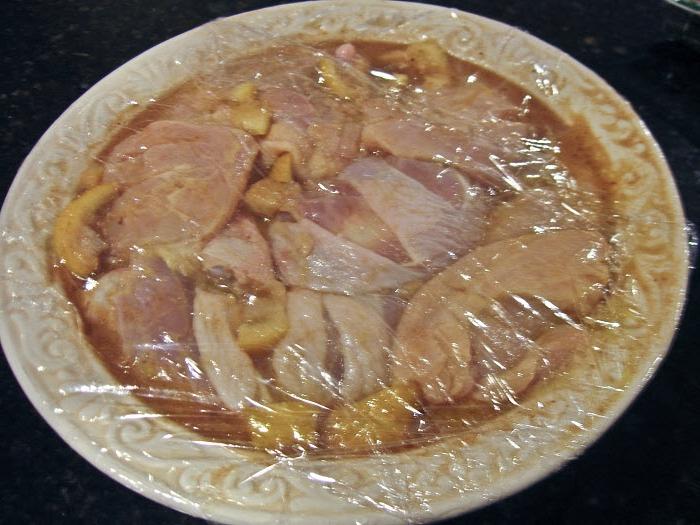How to determine the age of a chicken: possible ways
In rural areas, only the lazy do not keep chickens. This especially productive poultry is now bred both in the suburban areas, and even in urban flats. However, the urban resident question about how to determine the age of the hen, often worried only when choosing the carcass of the domestic chicken in the market. Everything depends on the breed, but on average chickens live to ten, sometimes fifteen years. But layers of them are good only in the first three years of life.
The highest egg production is important in poultry farms: egg per day from one layer. Therefore, contain chickens for eggs only up to a year. Further productivity is reduced by almost fifteen percent per year, and for industrial maintenance it is unprofitable. A year-old hen goes to meat, and the question of how to determine the age of a hen does not arise. And here on the farmstead not such rigid requirements to egg-laying. Moreover, at home maintenance in the second year of life, laying hens can give eggs a little less, but they are larger. For beginners it is better to learn more in detail how to determine the age of a laying hen. The photo below shows chickens of the Brown breed. According to reviews, they have good egg production.

Eggs - young
The first question when rejecting chickens in their yard: does she carry the eggs and how much? It must be remembered that, regardless of the breed, the chickens of the spring brood begin to be carried for the fifth month of life. Hence, to complete the bird family for the winter to get eggs from a large brood begin in the end of summer. Without a rooster hens are perfectly carrying diet eggs. If you have plans to further grow your chickens, then approximately one in ten young chickens is enough for one cock. If there are several generations of birds in your poultry house, then select, as the experienced people say, sensibly.

The "slimmer" - the younger
How can I determine the age of a chicken? We begin with weight. By the time of maturing of hens of egg breeds, their mass should be about one and a half kilograms. Roosters are slightly heavier - up to two kilos. Representatives of meat varieties ripen a month later, and their live weight is more than two and a half kilograms for chickens and almost four for males.
The faster - the younger
Young healthy layers - birds active andnimble. They the first morning run out of the chicken coop to the trough. They like to walk on the street, and in the evening they need to be driven into the house. They spend the whole day, even in the heat, tirelessly looking for their food. All the time something is rowing, looking for all kinds of small animals: worms, beetles. If the hen in the day in the hen-house is not a sign of her youth, which means egg-laying. On the contrary, sluggish and obese chickens boldly cull for meat.

The brighter - the younger
A common question: is it possible, and if so, how to determine the age of the chicken by the scallop? At the beginning of laying in the young laying hen, the comb and earrings are well developed and have a bright red color. The scallop is swollen and warm. And the bird, which has eggs for more than three years, the scallop is fallen, cool to the touch and dull. With nature you can not argue. Healthy and young can always be recognized by a bright color. A properly grown youngster has a coat of eyes, beak and legs from yellow to almost orange hues. In good layers, this pigmentation gradually decreases. First the beak loses its bright orange color. The last in the young man after four months of laying light paws. But in a young healthy hen, the eyes are always convex and transparent, and the flakes on the legs are smooth and evenly shiny, without damage. After moulting, the pigmentation is restored, and it is easier to answer the question of how to determine the age of the chicken.

Plumage
The age of the bird is well told by its plumage. Knowing the physiological characteristics of his shift or annual moult, it is possible to answer with great accuracy the question of how to determine the age of a hen. In a young hen, the body that covers the body is clean, smooth, dense and shiny. Under them, there must be a fluff for thermal insulation. When examining the wings, two orders of fly feathers are clearly visible. On the edge - ten long, the most durable, with a wide fan. After the divisional axillary wing, fifteen second-order flywheels go. On the tail there is a transverse row of steering feathers, and around the tailbone are feathers, which are called tassels. In chickens of egg breeds, the feather is renewed until the sixty-day age. Meat for the ninety day is covered with a feather of an adult bird.
The course of molting can be traced by a change in the mantleplumage on the wings. It begins with a separating pen. Podadkadno falls one by one, and in its place grows new. The complete replacement of the primary feathers on the wings ends by the half-year of the bird. In males, primary molting begins and ends later than in chickens. In addition, in young it is associated with the timing of puberty and the beginning of laying eggs. After a year they stop laying eggs, start to drop feathers and restore pigmentation. Highly productive laying hens are ripe. They begin to lay their eggs until the end of a full molt. The change of the pen comes in late autumn, passes quickly, and they look much shabby at this, than they mislead the owners when they are rejected.
</ p>



